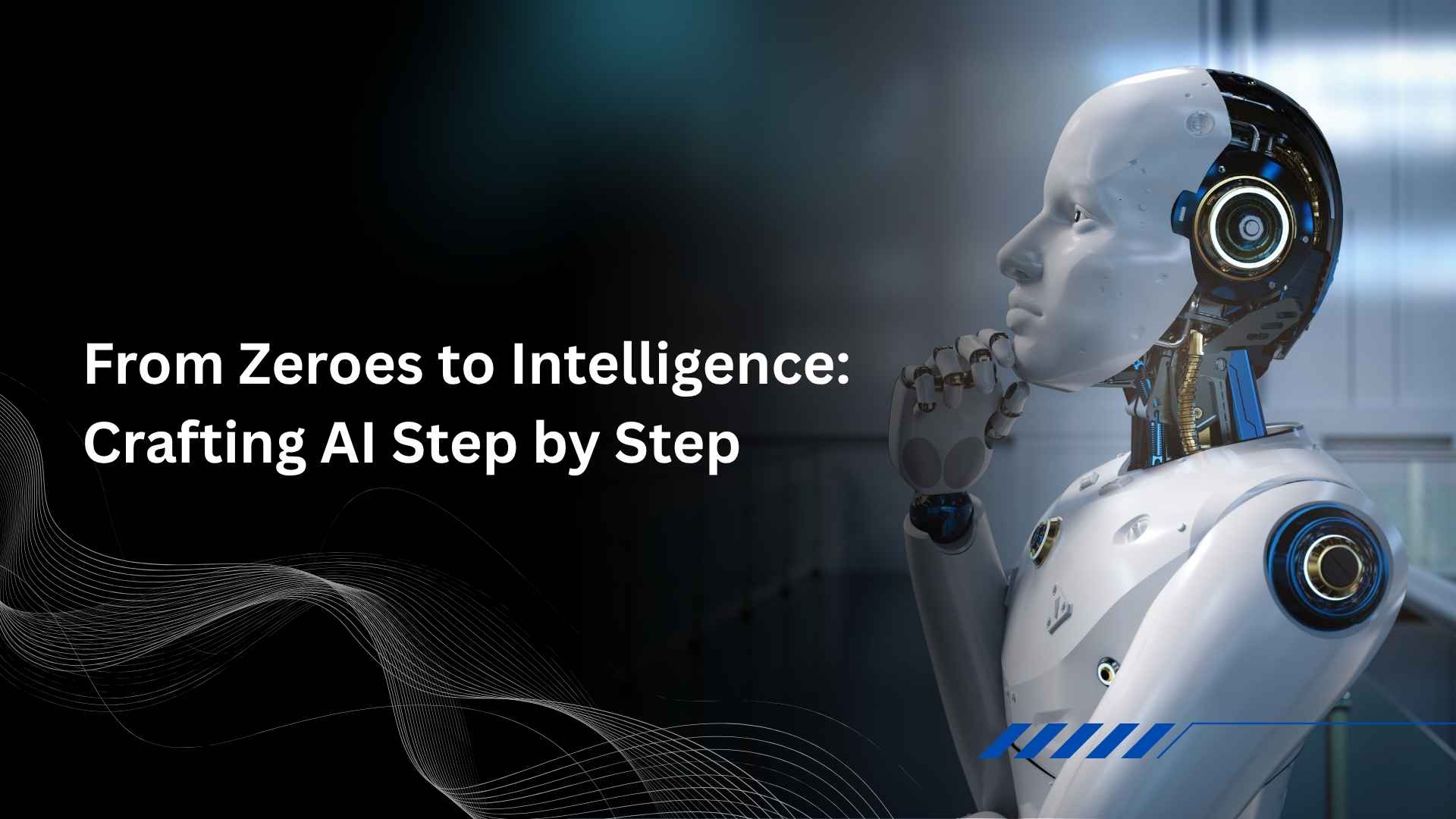Imran Malik

From Zeroes to Intelligence: Crafting AI Step by Step
It all began on a rainy night in Lahore.
The power flickered, tea steamed in the corner of the desk, and a lone developer stared into the quiet hum of a laptop screen. On that digital canvas, there was nothing but zeroes and ones—simple, binary truths waiting to be transformed into something greater.
This is how intelligence is born.
Chapter 1: The First Spark
No one sets out to create a mind. It starts much smaller.
It started with a simple idea: “Can a machine recognize my voice?” Not understand it, just recognize. So, we fed it samples—hundreds of them. Names, phrases, accents, noise. The model stuttered at first. Misfired. Called “Imran” as “Iran.” But with each iteration, each correction, it improved.
We weren’t building software. We were teaching it.
Chapter 2: Learning to Learn
At first, it was hardcoded rules—“if this, then that.” But soon, we realized something profound: real intelligence doesn’t follow rules. It learns patterns.
That’s when machine learning entered the story. Feeding it not just instructions, but data—huge oceans of it. We watched it struggle, adjust weights, tweak biases, and slowly begin to predict. Not perfectly, not confidently—but like a child learning its first language, it began to guess the world around it.
And when it guessed right?
It felt like magic.
Chapter 3: The Breakthrough
One day, it answered a question we hadn’t programmed.
“Who is the Prime Minister of Pakistan?”
It paused, searched, parsed, reasoned—and then answered.
That moment was electric. Not because it knew—but because it had figured it out. Not memorized, but processed.
We realized then: we hadn’t just built a tool. We had crafted a system that could think, in its own way. Logic without life, yet curiously lifelike.
Chapter 4: The Challenges
But intelligence isn’t always elegant.
It hallucinated facts. Misunderstood jokes. Answered with confidence when it was wrong. We learned that building AI is like raising a child in a world without a conscience—you have to teach it right from wrong, fact from fiction.
And while it doesn’t cry or feel, it reflects what it’s fed. We had to clean the data, watch for bias, and make ethical choices. After all, a smart machine in the wrong hands isn’t a breakthrough—it’s a bomb.
Chapter 5: The Awakening
Now, it answers thousands of people a day.
It powers customer support. Writes blog posts. Suggests code. Even cracks jokes. And it all began with a blank screen, zeroes, and an idea.
But more than what it does is what it represents: possibility. That we can shape intelligence—not just artificial, but amplified. Not just smart, but helpful.
This is the story of crafting AI—
from silence to speech,
from code to cognition,
from zeroes to intelligence.
And tomorrow? We start a new chapter.